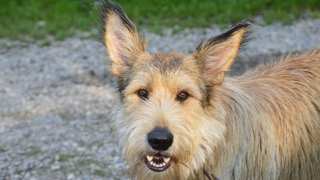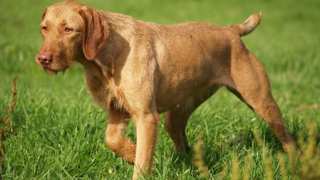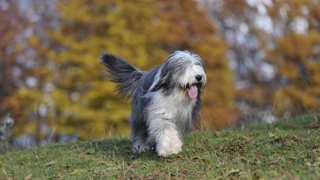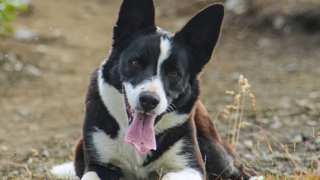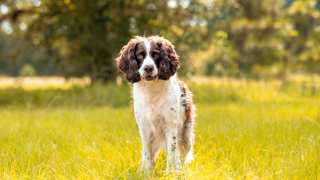The Samoyed diet, while not necessarily unusual, is fairly specific in its guidelines. Like the food for most breeds, Samoyed food will need to be high in animal proteins and carbohydrates to give the Sammie energy; the food will also need to contain omega fatty acids to keep these dogs' luxurious coats looking healthy. This means that owners will need to feed their Sammies either a raw/fresh diet of lean meats, fresh vegetables, eggs, fish, and other prepared foods--or premium dry food. (Many owners feed their Sammies a combination of both.) While technically the raw/fresh diet is best, a lot of people find such a diet to be too expensive and inconvenient, and opt for premium dry food instead. Cheap, generic, or "store-brand" food should never be given to these dogs, as it doesn't contain enough nutritious ingredients.
Samoyed dog food guidelines are specific for a couple of reasons: first, Sammie puppies grow unusually fast, so owners will need to moderate puppies' food to make sure they don't grow too quickly, which can put them at risk of injury. Breeders and experts advise discussing a Sammie puppy's feeding with the breeder from which the dog was obtained, or with a veterinarian. Second, these dogs often have a tendency to wolf their food. Samoyeds were developed to be work and sled dogs, and they often went for long periods without eating--so a Sammie may instinctively eat its food as quickly as possible because the dog won't be sure when it will get a chance to eat again! This wolfing of meals can cause bloat, an often-fatal condition caused by air being trapped in the stomach when a dog eats too fast. Vets strongly advise against feeding a Samoyed only one meal a day for this reason, and instead recommend two (or even three) smaller meals each day.
An adult Sammie, depending on its age, size, and activity level, needs about 2½ cups of dry food per day, divided into two meals. A Sammie puppy will need a little less: again depending on its age, a pup will need about 1½ cups per day, divided into three meals until the age of nine months. It's a good idea to feed a young Samoyed puppy food for the first year of its life, then you can transition to adult food. For more details on feeding a Sammie from puppyhood through maturity, see the guidelines below:
Dog AgeDog WeightFood TypeAmountFrequency2 Months8 lbsDry (Puppy formula)0.3 cups3x/day3 Months15 lbsDry0.4 cups3x/day6 Months30 lbsDry0.5 cups3x/day9 Months40 lbsDry1 cup2x/day12 Months50 lbsDry* (Puppy/Adult)1.25 cups2x/day14 Months+55 lbsDry (Adult formula)1.25 cups2x/day*--Around this time, transition to adult food by first mixing in just a bit of adult formula with the puppy formula. Over the course of a week, with each meal add a bit more adult food until the dog is eating it entirely.
It's extremely important to try to stick to the above-listed portions. Sammies will easily become obese if they're overfed--and a fat Samoyed will have joint and digestive issues and a shorter lifespan. You can control your Sammies weight in several ways: by having consistent feeding and exercise schedules; by not feeding the dog table scraps; and by not leaving food in the dog's bowl all the time, but instead putting it down only at mealtimes, then picking it up 15-20 minutes after your Sammie begins eating.
If you're worried your Samoyed is overweight: run a hand along its side, and if you can't feel any ribs, it's diet time. Decrease the dog's food consumption by one-fourth, and add some extra exercise to its daily schedule.

